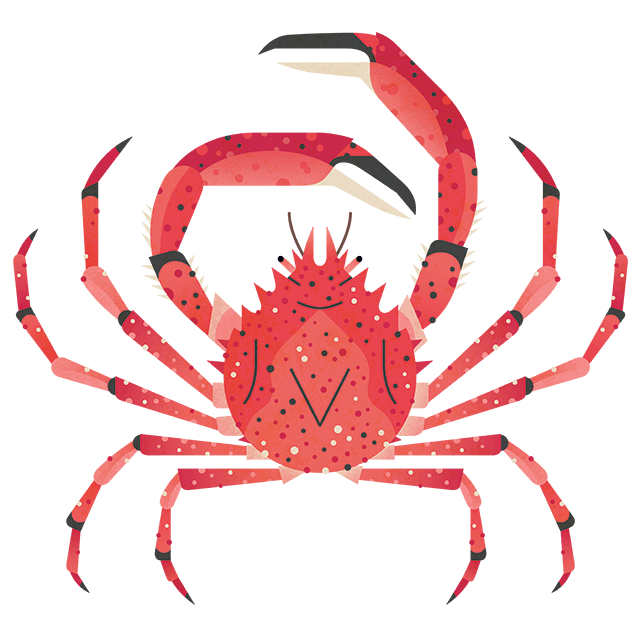
Marine unProtected Areas
In early 2021 we released a report which found that damaging fishing, like bottom trawling, is taking place in 98% of the UK's offshore Marine Protected Areas intended to protect vital seabed habitats.
The Marine unProtected Areas report details the results of a yearlong study by our team of experts, exploring fishing activity in the UK's offshore Marine Protected Areas.
Bottom trawling is a method of fishing which involves dragging weighted nets along the seafloor, with the aim of catching fish which are most commonly found at the bottom of our seas.
What's the problem?
Our report found that, out of all the UK's Marine Protected Areas, just 5% currently ban bottom trawling - and only in inshore waters less than 12 miles from the coast. Continuing to allow this method of fishing in protected areas is equivalent to bulldozing a national park on land.
The report also found:
- All but one of the offshore Marine Protected Areas designated to protect the seabed experienced bottom trawling and dredging between 2015 and 2018.
- Areas of seabed later designated as MPAs in 2019, experienced the highest rates of fishing between 2015 and 2018. There are no fishing restrictions inside these MPAs so nothing is in place to stop this level of fishing from continuing.
- Bottom trawl and dredge vessels spent at least 89,894 hours fishing the seabed inside Marine Protected Areas between 2015 and 2018.
What needs to be done?
By completely banning bottom trawling in Marine Protected Areas designed to protect the seabed, it is possible for our seas to recover.
Within five years of protection from bottom trawling, animals in three UK and Isle of Man Marine Protected Areas were found to be larger and more diverse. And, when areas of sea around the world were fully protected, biodiversity was found to increase by an average of 21%.
With the powers provided by the new Fisheries Act 2020, UK Governments can act more independently to recover our seas and combat climate change – starting with the banning of bottom trawling in these vulnerable areas of our seas.
By banning bottom trawling we can:
- Conserve seabed species and habitats
- Reduce carbon emissions
- Sustain our food supply
- Protect jobs in the fishing industry
- Save money




